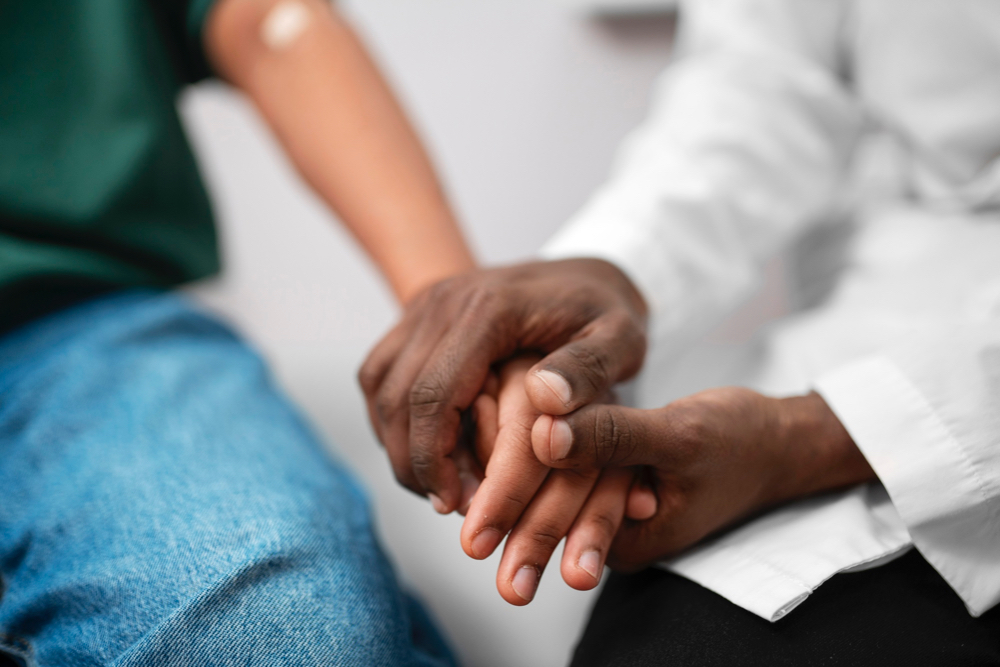When the Storm Hits: Finding Mental Health Support in Life’s Emergencies
There are moments when life feels like an earthquake under your feet. A sudden loss. A natural disaster. A health scare. A global crisis. In those times, your nervous system goes into survival mode—fight, flight, or freeze. And while you might remember to grab food, water, or shelter, your mind and heart can feel like the last things on the list.

The last World Mental Health Day (October 10, 2025) theme was “Access to Services – Mental Health in Catastrophes and Emergencies.” To me, that phrase is less about systems and institutions, and more about a gentle truth: when life breaks open, we all deserve a hand to hold.
The Invisible Wound

Emergencies often leave scars we cannot see. Anxiety that won’t let you sleep. Guilt because you survived when someone else didn’t. Panic that surfaces in quiet moments. I call this the “second emergency”—the storm inside us.
One client once described it to me as “living in a house that looks fine on the outside, but the inside walls have cracked.”That’s how trauma often shows up. Outwardly, you might look “okay,” but inside, your foundation feels shaky.
The key is to name it. When you can say “I am anxious,” or “I feel unsafe,” you’ve already opened the door to healing. Naming is the first step in accessing support.
The Wall Between You and Help
Sometimes the hardest part isn’t the pain—it’s the belief that you shouldn’t ask for help. Maybe you tell yourself “others have it worse”, or “I should be stronger.” But here’s the truth: you are not weak for needing support. You are human.
Notice the walls: stigma, money, distance, lack of awareness. By naming the barrier, you start to see paths around it. For example, free hotlines, tele-counselling, or even talking to a peer mentor can be the first crack in the wall.
Building Anchors in the Chaos
In my coaching practice, I often guide clients to create “anchors”—small, reliable practices that ground them even when the outside world is unsteady.
- Journaling a single line every night (“Today I felt…”).
- Practicing EFT tapping during waves of panic.
- Scheduling a five-minute daily check-in call with a friend.
- Using grounding rituals—like holding a warm cup of tea or touching the earth barefoot—to signal to your body that you are safe right now.
These anchors don’t erase the storm, but they remind you that you are not powerless inside it. They are like ropes tied to steady ground while you ride out high winds.
How you can access inexpensive services
Wherever you are, you may have access to inexpensive mental health services support that can look like:
- Local NGOs setting up group counselling circles.
- Spiritual communities offering safe spaces to talk.
- Mobile clinics reaching displaced communities.
- Online support groups with trained facilitators.
Even one conversation with a trained ear can shift the trajectory of your recovery. You don’t need to walk through it alone.

Coaching as a Bridge
As a life coach, I don’t replace therapy—but I can walk with you. In times of catastrophe, coaching offers tools for meaning-making, resilience, and emotional intelligence. Together, we work on grounding exercises, reframing narratives, and creating gentle next steps.
It’s not about rushing your healing. It’s about reminding you that you are not alone, and you still have choices.
Final Reflection
If you are reading this whilst in the middle of your own storm, I want you to hear this clearly: your mental health matters. Accessing support is not indulgence—it’s survival. Reach out. Write the text. Make the call. Open the journal. Whisper the truth of how you feel.
Healing begins the moment you let yourself be seen. And when you take that step, you also help dismantle the stigma that keeps others silent.
Blog Archives
